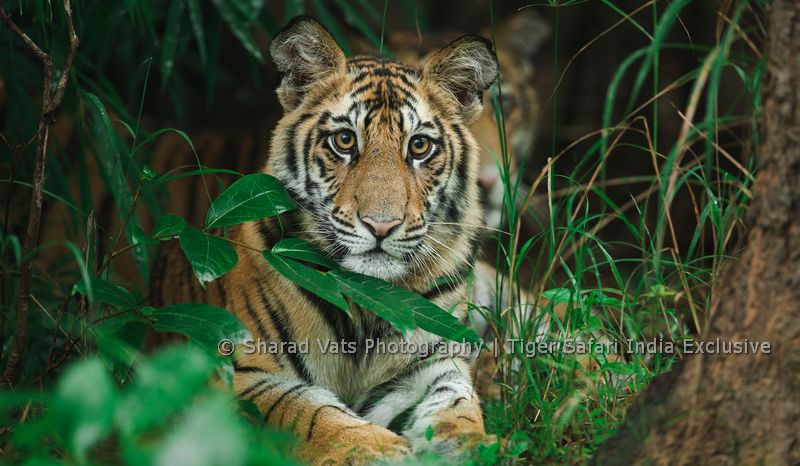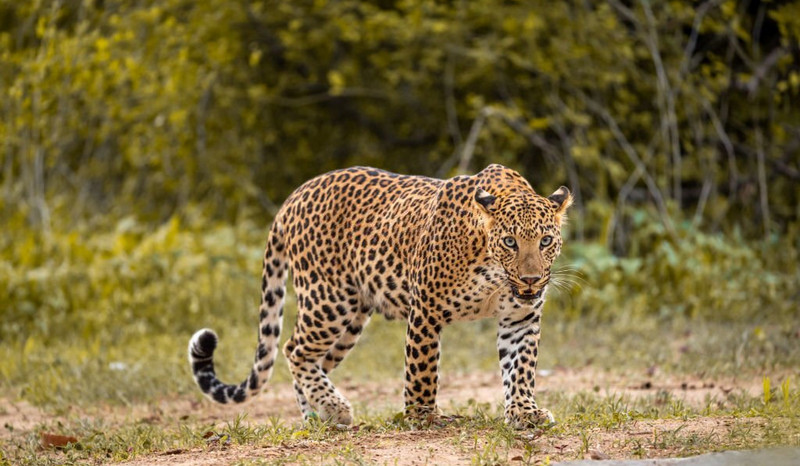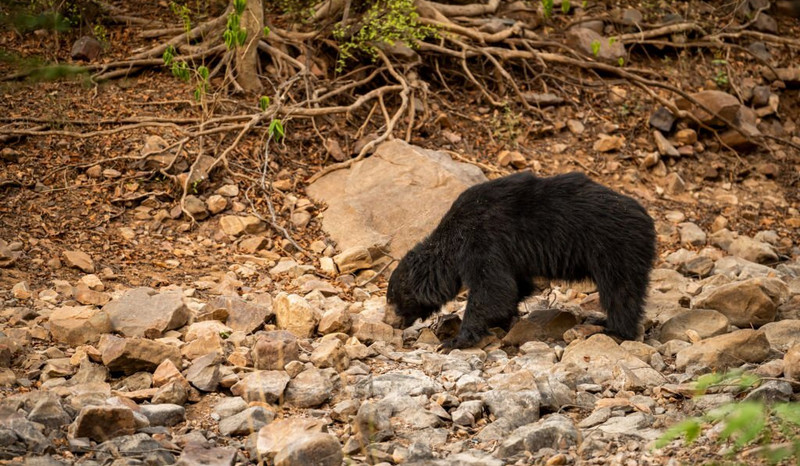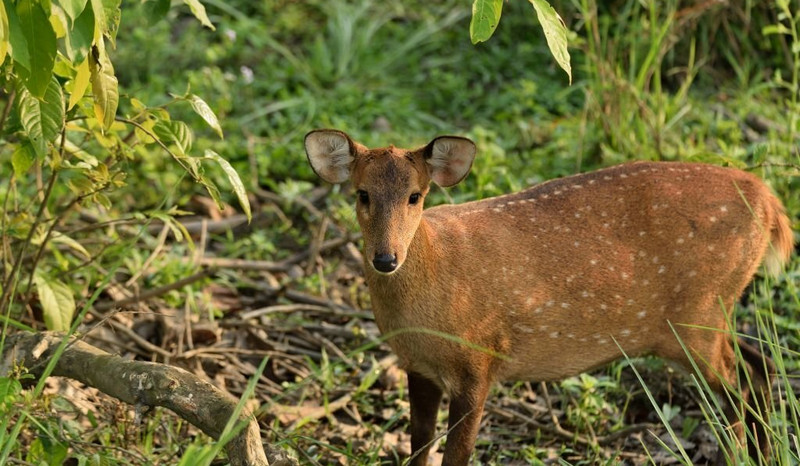Bandhavgarh National Park
Madhya Pradesh
- Altitude: 440m to 811m above mean sea level
- Temperature: Min: 2 C ; Max: 44 C
- Vegetation: Tropical moist deciduous, dry deciduous and scrub
- Water Resources: Son, Umrar rivers and numerous rain fed streams.
- Core Area: 624 sq. km
- Buffer Area: 537 sq. km
Brief about Bandhavgarh National Park
The Land of the Tiger is aptly named Bandhavgarh National Park. This region has been kept for wildlife photography – since it was a famous hunting reserve for the Maharajas who ruled these areas. Join us at Bandhavgarh National Park in India for a Tiger Safari. Bandhavgarh is a nearly isolated park with few migration routes for dispersed male tigers looking for a home. As a result, it has retained a high density of tigers, coupled with sufficient habitat and prey base. There are about 60 wild tigers in this area. It is frequently stated that it is the best spot in the world to watch tigers in the wild.
The Tiger Reserve has an area of 1100 square kilometres, including a core area of roughly 440 square kilometres. A tiger safari tour in Bandhavgarh with enthusiastic guides and drivers is an exciting experience — the original tigers’ pathways are still followed by their descendants, and one may learn about tracking these tigers through the eyes of the locals.
The forests of Kanha and Corbett, despite dominated by Sal Trees, are substantially dryer, as seen from February onwards as summer approaches. There is also a decent variety of scrub woodland. Despite the fact that many people are put off by the idea of bird watching, Bandhavgarh National Park is a great birding site with exceptional bird visibility. Vultures such as the Indian Vulture and the White Rumped Vulture roost along the cliffs in large numbers. The Asian paradise flycatcher, Golden Oriole, Indian Pitta, and the less common White-capped Bunting were also seen.
Bandhavgarh is a gleaming 168 square mile hunting ground for the Maharajas of Rewa in the past (437 sq. km). Sita, one of the most beautiful Tigresses, and Charger, the most violent Tiger, are responsible for its fame. Every wild Tiger has a brief life period during which it reigns supreme in the park; however, Charger was an exception. He lived an extremely long life and defeated every male Tiger in Bandhavgarh who attempted to take over the throne. His age, on the other hand, was just a matter of time before he succumbed.
Fauna In Bandhavgarh National Park
When exploring the dense woods, wonderful fauna species such as Chausingha, Nilgai, Chital, Langurs, Chinkara, Macaques, Muntjac, Jackals, and Wild Boar are easily spotted. Various butterflies and birds that are part of Bandhavgarh’s fauna can be found. Nature lovers can explore the national park’s thick and deep forest parts, which are noted for a diverse diversity of plant life and fauna as well as varied topography.

This national park's heart and soul are tigers. There are also legendary tiger myths and legends here, such as the storey of Charger, a famous tigress who was formerly known for her aggressive nature.

Leopards are mostly found in the central area. However, they can also be found in the buffer zone. Spotted deer, barking deer, chinkara, wild boar, langur, and livestock are their favoured prey, and they are much smaller than tigers.

Sloth bear is a cross between a regular bear and a sloth, as its name suggests. It eats largely plants, and its favorite foods are mahus fruits and honey. They are petite bears when compared to polar bears.

They are smaller than Sambar and Chital and are primarily found near water. They're used to make alarm noises that sound like a dog barking, as the name implies. When they sense a threat, they are pretty good at hiding in the bushes.
Flora In Bandhavgarh National Park
Because of the combination of different types of soils and landforms, Bandhavgarh is recognised for its botanical diversity, and the region remains relatively damp. Southern tropical moist deciduous and moist peninsular sal forests, as well as Southern tropical dry deciduous forest, may be found in Bandhavgarh. There are more than 50 aquatic plant species, 600 blooming plant species, and 18 rare plant species on the island. The national park contains a variety of trees.

This tree can be found throughout the tiger reserve. It is a slow-growing tree that is abundant in the forest. Its termite-resistant wood is commonly utilised in railway sleepers and furnishings. The thick substance (gum) that emerges from its stem is used in shipyards and in the production of shoe polish.

It has long been utilized in Central Indian villages. The edible oil produced by its seed is frequently used in the soap business. For animals and birds, its fleshy blossoms are high in sugar, calcium, and vitamin. The blossoms are also used by the people to make a powerful alcoholic beverage.

It has long been utilized in Central Indian villages. The edible oil produced by its seed is frequently used in the soap business. For animals and birds, its fleshy blossoms are high in sugar, calcium, and vitamin. The blossoms are also used by the people to make a powerful alcoholic beverage.

It has long been utilized in Central Indian villages. The edible oil produced by its seed is frequently used in the soap business. For animals and birds, its fleshy blossoms are high in sugar, calcium, and vitamin. The blossoms are also used by the people to make a powerful alcoholic beverage.


